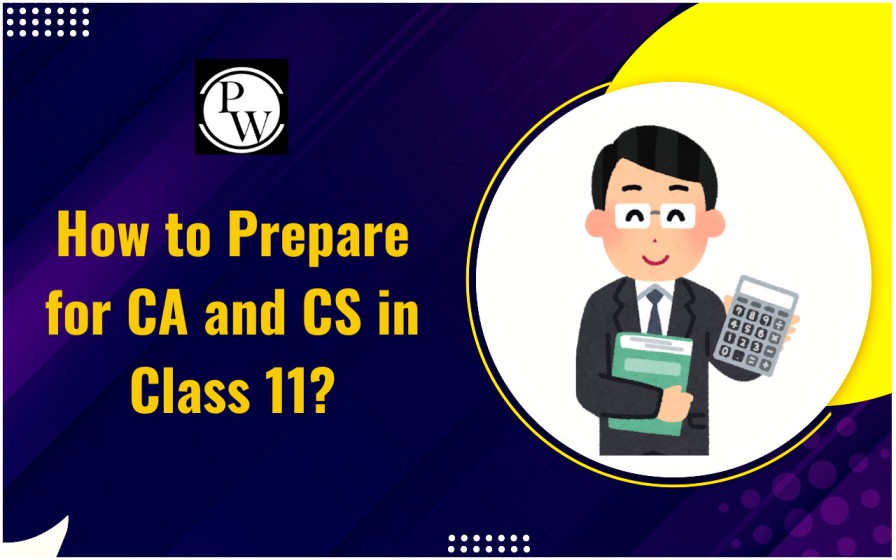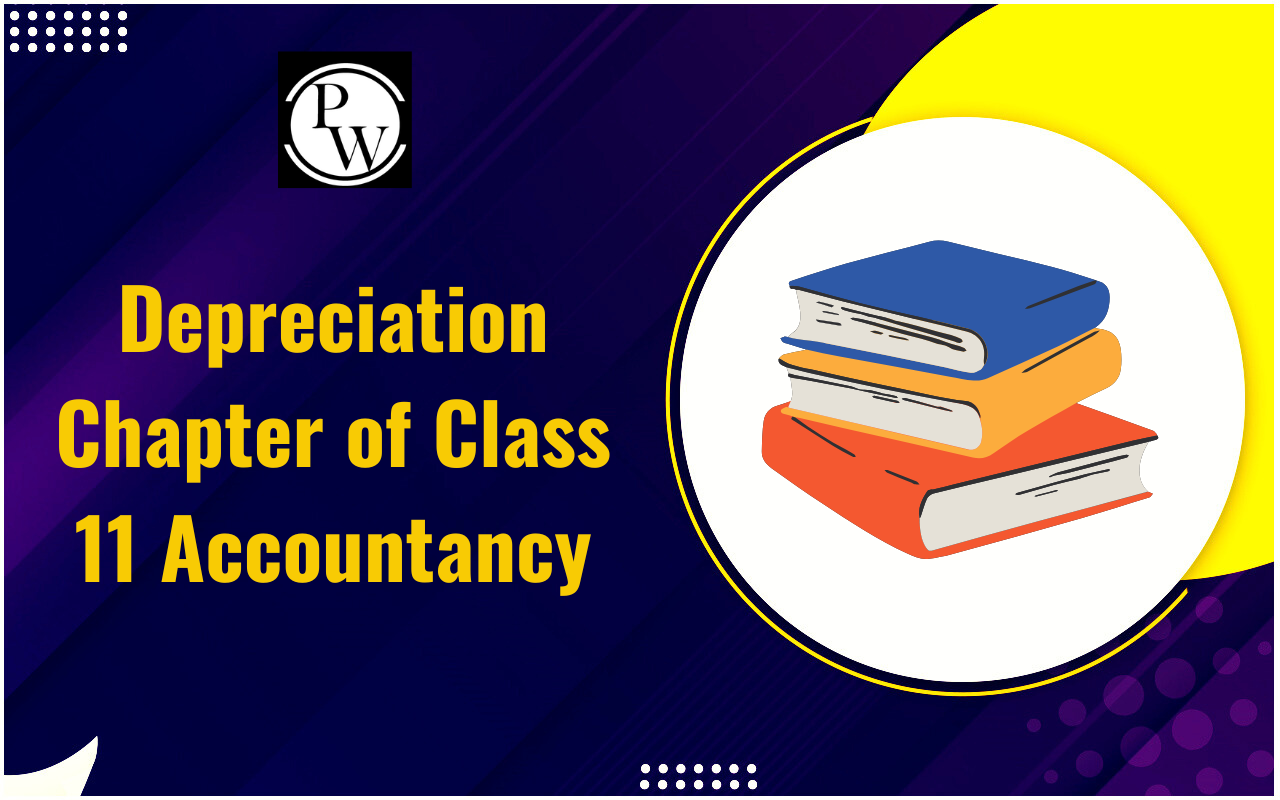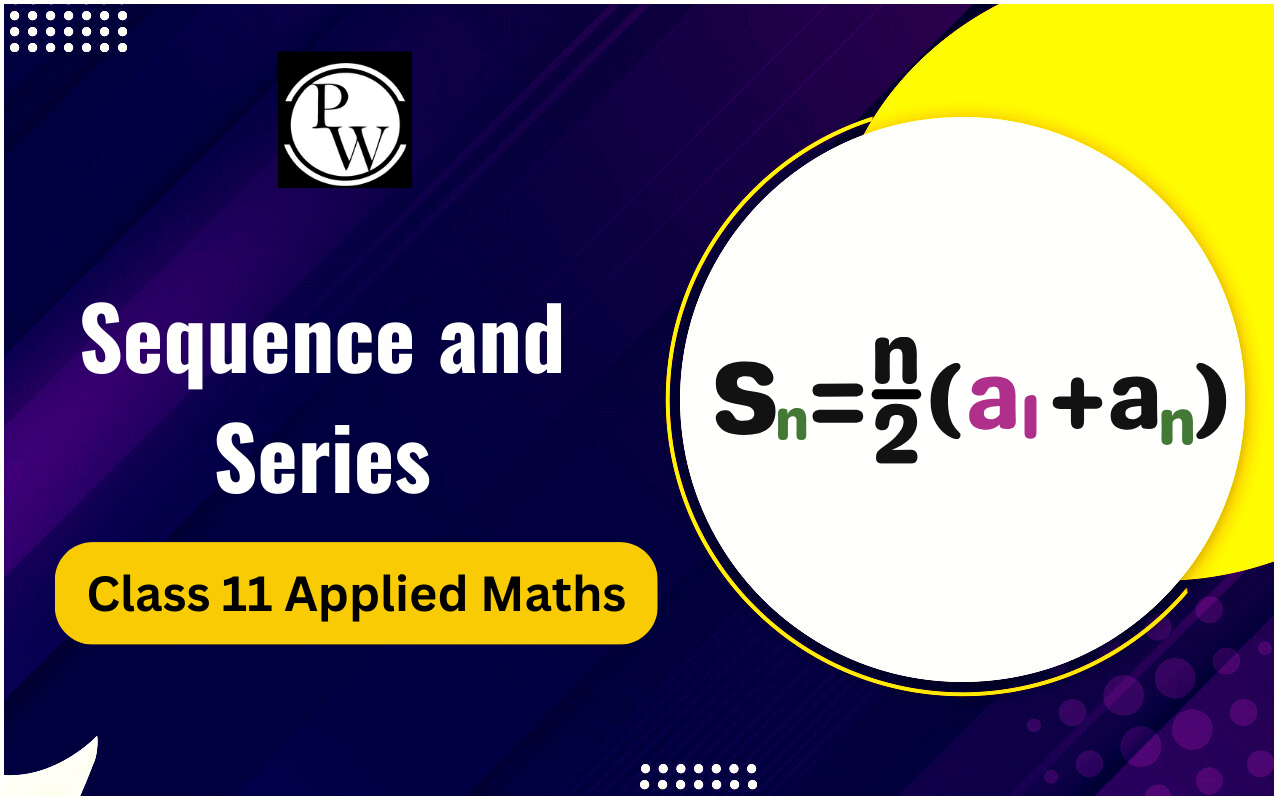

Trigonometric Functions are an important part of Class 11 mathematics. They help students understand the relationships between angles and sides of triangles. In real life, trigonometric functions are used in navigation, engineering, and also in creating computer graphics. Learning Trigonometric Functions class 11 maths properly will make it easy for students to study higher topics like calculus in Class 12.
Below, we’ve explained the Maths class 11 Trigonometric Functions. We will cover the basics, angle measurements, the unit circle, quadrants, identities, formulas, and handling large angles. Students from commerce can also benefit, as the Commerce Class 11 Trigonometric Functions help in understanding problem-solving techniques and logical reasoning in mathematics.
Basics of Trigonometric Functions
Trigonometric functions are functions of an angle. The main Trigonometric Functions are sine (sin), cosine (cos), and tangent (tan). Other functions are cosecant (csc), secant (sec), and cotangent (cot).
In Class 10, students learned that these functions are ratios of sides of a right triangle:
-
sin θ = opposite/hypotenuse
-
cos θ = adjacent / hypotenuse
-
tan θ = opposite/adjacent
The reciprocal functions are:
-
csc θ = 1 / sin θ
-
sec θ = 1 / cos θ
-
cot θ = 1 / tan θ
In Trigonometric Functions class 11 maths, it is important to understand these ratios and how they change with different angles.
Angel Measurements
Angles can be measured in degrees or radians. A positive angle is measured anticlockwise, and a negative angle is measured clockwise. For example, a 45° angle is positive if drawn anticlockwise, and -45° if clockwise.
To convert degrees to radians: radians = degrees × (π / 180)
To convert radians to degrees: degrees = radians × (180 / π)
We can also express angles in degrees, minutes, and seconds. For example, 45° 30′ 15″ is 45 degrees, 30 minutes, and 15 seconds. Understanding Maths class 11 Trigonometric Functions requires practice with these conversions.
Unit Circle and Quadrants
The unit circle is a circle of radius 1 centered at the origin of a coordinate plane. On this circle:
-
The x-coordinate of a point is cos θ
-
The y-coordinate of a point is sin θ
The four quadrants of the circle help us determine the signs of trigonometric functions:
-
First quadrant: sin, cos, tan are positive
-
Second quadrant: sin positive, cos and tan negative
-
Third quadrant: tan positive, sin and cos negative
-
Fourth quadrant: cos positive, sin and tan negative
Mnemonics like “All Students Take Calculus” or “Add Sugar To Coffee” are used to remember which function is positive in each quadrant.
Using the unit circle, students can find values of Trigonometric Functions class 11 maths for different angles. This is very helpful for solving problems in Commerce Class 11 Trigonometric Functions.
Trigonometric Identities and Formulas
Trigonometric identities are formulas that hold true for all angles. They simplify calculations and help solve problems efficiently. Some important identities in Class 11 Maths Trigonometric Functions are mentioned below:
| Trigonometric Identities and Formulas | ||
| Type | Formula | Description |
| Pythagorean Identities | sin²θ + cos²θ = 1 | Relates the sine and cosine of an angle |
| 1 + tan²θ = sec²θ | Relates tangent and secant | |
| 1 + cot²θ = csc²θ | Relates cotangent and cosecant | |
| Sum and Difference Formulas | sin(A ± B) = sinA cosB ± cosA sinB | Used to find the sine of the sum/difference of two angles |
| cos(A ± B) = cosA cosB ∓ sinA sinB | Used to find the cosine of the sum/difference of two angles | |
| tan(A ± B) = (tanA ± tanB) / (1 ∓ tanA tanB) | Used to find the tangent of the sum/difference of two angles | |
| Double Angle Formulas | sin 2A = 2 sinA cosA | Used to calculate the sine of a double angle |
| cos 2A = cos²A – sin²A | Used to calculate the cosine of a double angle | |
| tan 2A = 2 tanA / (1 – tan²A) | Used to calculate the tangent of a double angle | |
| Triple Angle Formulas | sin 3A = 3 sinA – 4 sin³A | Used to calculate the sine of a triple angle |
| cos 3A = 4 cos³A – 3 cosA | Used to calculate the cosine of a triple angle | |
| tan 3A = (3 tanA – tan³A) / (1 – 3 tan²A) | Used to calculate the tangent of a triple angle | |
Working with Large and Allied Angles
Sometimes, angles are larger than 360° or negative. To simplify, we reduce them to a basic angle within the first circle (0° to 360°).
For example:
-
420° = 360° + 60° → Same as 60°
-
-45° = 360° – 45° → Same as 315°
Allied angles are angles related to 180°, 360°, or 90°:
-
180° – θ
-
180° + θ
-
360° – θ
These reductions will help the students quickly calculate Trigonometric Functions class 11 maths values without remembering everything.
This technique is very useful for Commerce Class 11 Trigonometric Functions, especially for students when they solve problems like multiple angles.
Learning Trigonometric Functions in Class 11 is important for building a strong foundation in mathematics. Understanding the basics, angle measurements, the unit circle, quadrants, identities, formulas, and allied angles makes it easier to solve problems in exams.
Students studying Maths class 11 Trigonometric Functions will find it easier to progress to advanced topics like calculus and derivatives. Commerce students can also use Commerce Class 11 Trigonometric Functions to improve logical thinking and problem-solving skills.
Practice is key. Using mnemonics, unit circle methods, and formula applications helps in remembering concepts and solving problems efficiently. With regular practice, Trigonometric Functions can become a simple and manageable topic for all students.
Trigonometric Functions FAQs
What are the basic trigonometric functions?
How do I convert between degrees and radians?
What is the unit circle's role?
Which trigonometric identities are most important?












